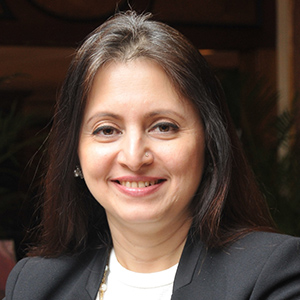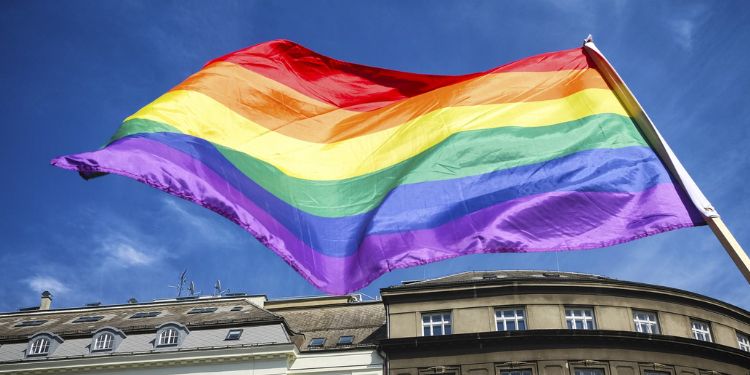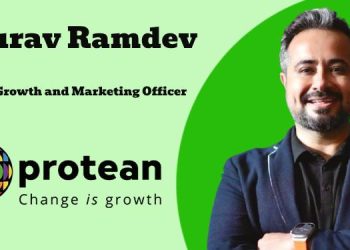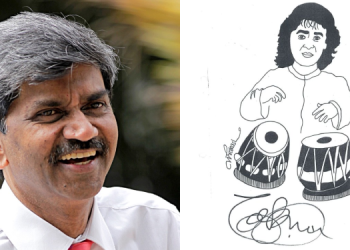Pride Month 2022 has arrived and for the past few years, national and multinational brands are taking part in the celebrations either through campaigns, or by changing their logos to the colours of the rainbow on social media platforms.
Is it mere tokenism? Or is there an awakening? Experts believe that diversity and inclusivity in the workplace are crucial for brands to be perceived as socially conscious.
Unfortunately, the analogy of greenwashing also gets extended to rainbow-washing or pride-washing. Is it all about moment marketing and moving on until next June?
Are brands pride-washing?

“The very act of displaying a rainbow or acknowledging Pride Month is a very healthy sign and shows that people’s mindsets are moving in the right direction. Now the other aspect is ‘Pride-washing’,” says Ramesh Narayan, Founder, Canco Advertising.
He believes that tokenism in any activity should be strongly avoided. “The consumer or the audience isn’t a fool. They can see through tokenism, and then the effort could be counterproductive. Instead, those who are celebrating Pride Month would be well advised to chalk out a concrete plan within the company to actually make the community feel safe, included, and comfortable. Take baby steps if need be. Be careful about your pronouns. Encourage openness. Do what it takes in a systematic manner. Then, encourage others in society to emulate your actions. That will be the right way to go,” Narayan adds.

“Celebrating Pride Month is a very woke and sexy thing to talk about in internal and external communication, panel discussions, and inviting an (external!) LGBTQ+ influencer to speak at various forums. Often, it is more for employer branding and PR activities to attract talent behind the inclusion and diversity smokescreen. As you know, in reality, organisations are struggling to get and to retain even female employees, across their various management layers! LGBTQ+ hiring is another challenge to tackle. But talking about it on social media is great for optics,” observes Shweta Purandare, Founder of Tap-a-Gain, a boutique consultancy.
What can brands do to support LGBT+ acceptance?
According to Purandare, the best way for an organisation to demonstrate the true spirit of LGBTQ+ acceptance is by being transparent.
“You keep reading press releases about companies having non-discrimination policies, policies that support LGBTQ+ employees to come out, declare their partners and avail HR/medical benefits, adoption leaves, etc. Fancy names are coined to make these policies sound gender neutral, like ‘paternity leave’ renamed as ‘newborn parent leave’. But how many companies publish the real numbers of their LGBTQ+ employees? How many senior level managers or leadership team members do you see that are openly LGBTQ+ and normalise that within their organisation for a top-down approach or, for that matter, enlarge their circle of influence among their professional circles?” she asks.
To normalise LGBTQ+ at the workplace, one needs to see real life examples being showcased, put in the forefront all year round, contends the former ASCI Secretary General and Diageo executive. “Otherwise, this is only a rainbow-coloured balloon – all hollow and no substance,” adds Purandare.
Pride Month should be to appreciate and celebrate milestones achieved during the year of actually making a difference within the LGBTQ+ talent pool, is her argument.
According to Dr AL Sharada, Director at NGO Population First, giving visibility to an issue is the first step towards change.
“Observing Pride Month gives us an opportunity to speak about issues relating to non-binary gender identities and non-heteronormative sexualities. This could be the beginning of change in perceptions, attitudes at individual level, and in policies and programmes at an organisational level. Even if it is tokenism, I am fine with it, as somewhere it would lead to change,” she adds.

Ashwini Deshpande, Director, Elephant Design, contends that brands don’t really demonstrate inclusivity through their products, services, and communication throughout the year, but need to.
“Inclusivity is an inside-out process. It isn’t what you say. It is in the fundamental beliefs and actions that demonstrate those beliefs. Do they have employee culture policies around LGBTQ+ or people with special needs? Do they have a culture of inclusivity that makes people come out and feel safe as well as respected? Let us get to the basics. Do they have inclusive washrooms?” questions Deshpande.
For now, we will have to settle for logos in the colours of the rainbow. But it’s a start in the journey towards an inclusive destination.

















